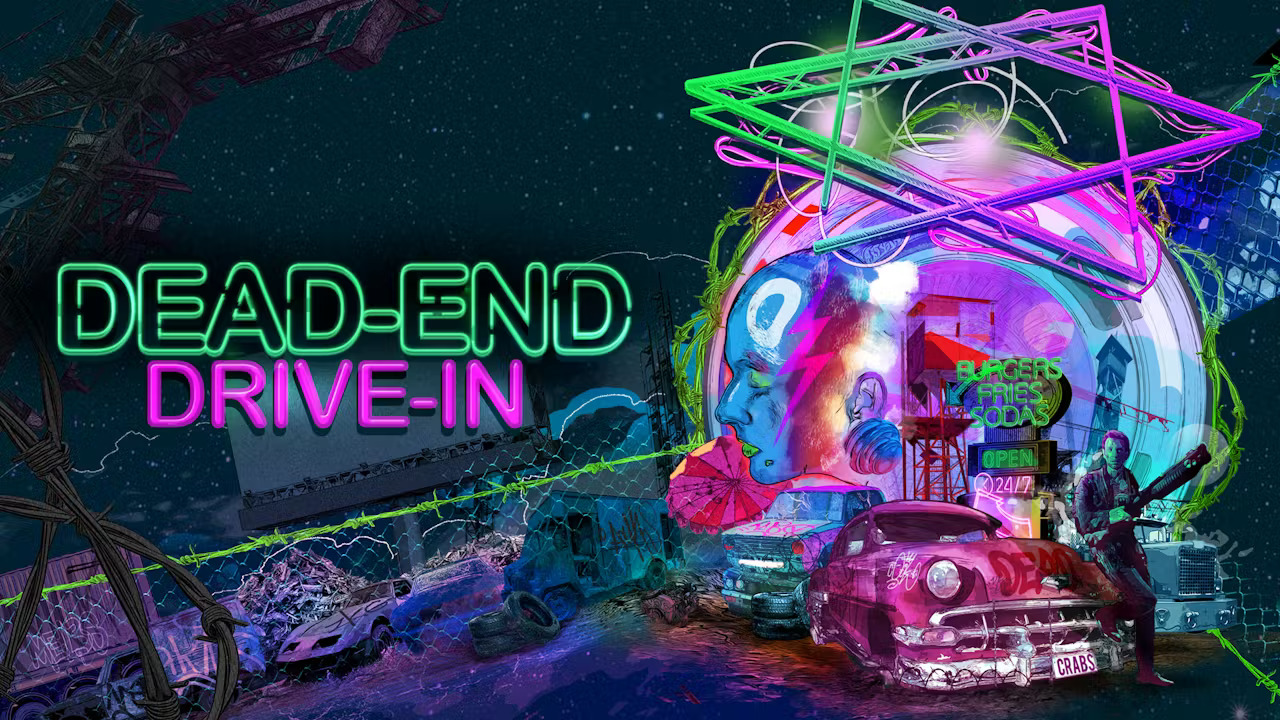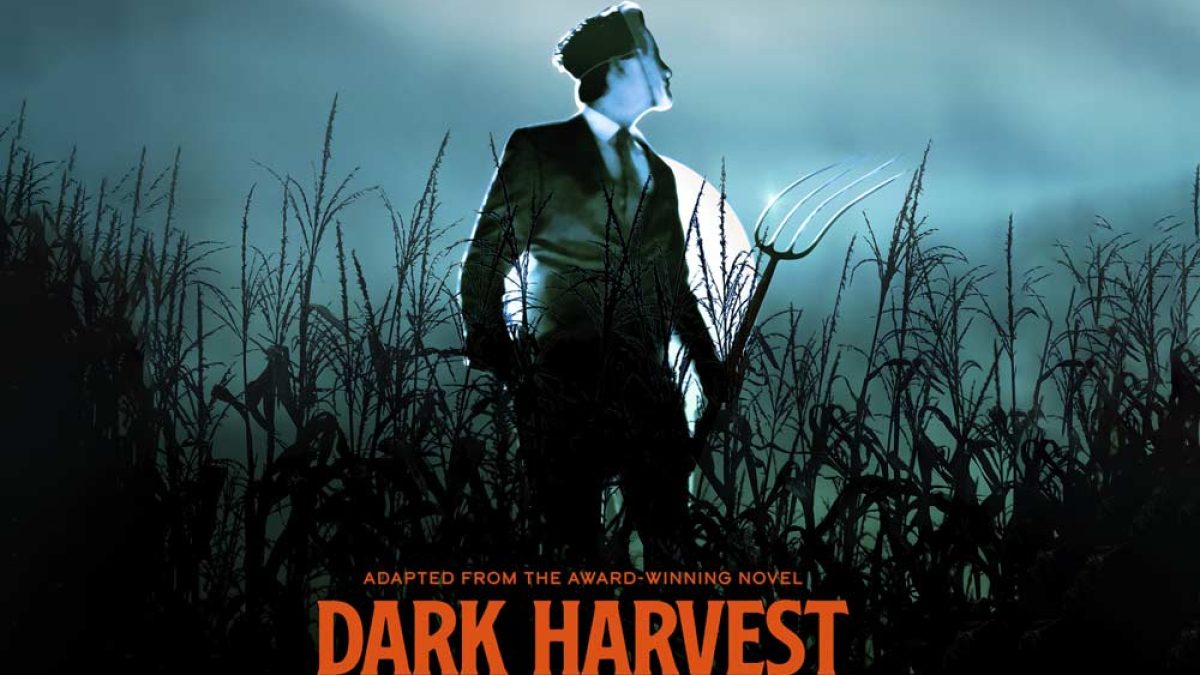“After all, excess is what makes life worth living.”
Tito-Turkey Shoot
Dead End Drive-In is a wild, dystopian ride through a post-apocalyptic world where social order has crumbled, and youth culture is trapped in a neon-lit wasteland. Directed by Brian Trenchard-Smith, this isn’t necessarily a horror film. It’s probably best described as a Mad Max-style science fiction film. I’ll admit it was a little annoying because this is spooky season, and I was expecting a horror film.

The real star of Dead End Drive-In is its setting. Trenchard-Smith’s vision of dilapidated, quasi-prison drive-in works as a brilliant metaphor for a society that has given up on its youth, locking them away in a neon-infused wasteland. The meticulous attention to detail in the design of this dystopian world, from graffiti-covered walls to the makeshift communities living off junk food, adds layers of meaning, turning the drive-in into a visual feast that captures the hopelessness of the characters.

Unfortunately, where Dead End Drive-In falters is in the performances. The cast, led by Ned Manning as Jimmy, feels flat, and the dialogue often lacks the depth needed to engage the audience fully. While Manning’s character is meant to symbolize rebellion, his portrayal doesn’t quite carry the weight of the film’s social commentary. He spends most of the film trying to get back to his normal life. The supporting cast also suffers from underdeveloped character arcs, leaving many of the interactions feeling stilted and one-dimensional. Despite the film’s strong thematic focus, the actors fail to bring the necessary intensity to match the boldness of the world they inhabit.

Even with lackluster performances, the film’s deeper message about consumerism, complacency, and the abandonment of the working class is hard to miss. The drive-in’s transformation into a pseudo-prison for disaffected youth speaks volumes about societal neglect and systemic corruption, making the film’s message still resonate decades later. Trenchard-Smith’s direction elevates the material, ensuring that while the characters may fall flat, the world of Dead End Drive-In is one you won’t soon forget.

Despite its flaws, Dead End Drive-In offers a fascinating glimpse into a crumbling future that feels all too plausible. The film feels eerily important today. I wish there were some stronger horror elements and the script was a smidge better. If you’re a fan of dystopian cinema and can look past the uneven performances, the film’s world-building and biting social commentary make it a cult classic worthy of attention.
Rating: 6/10




